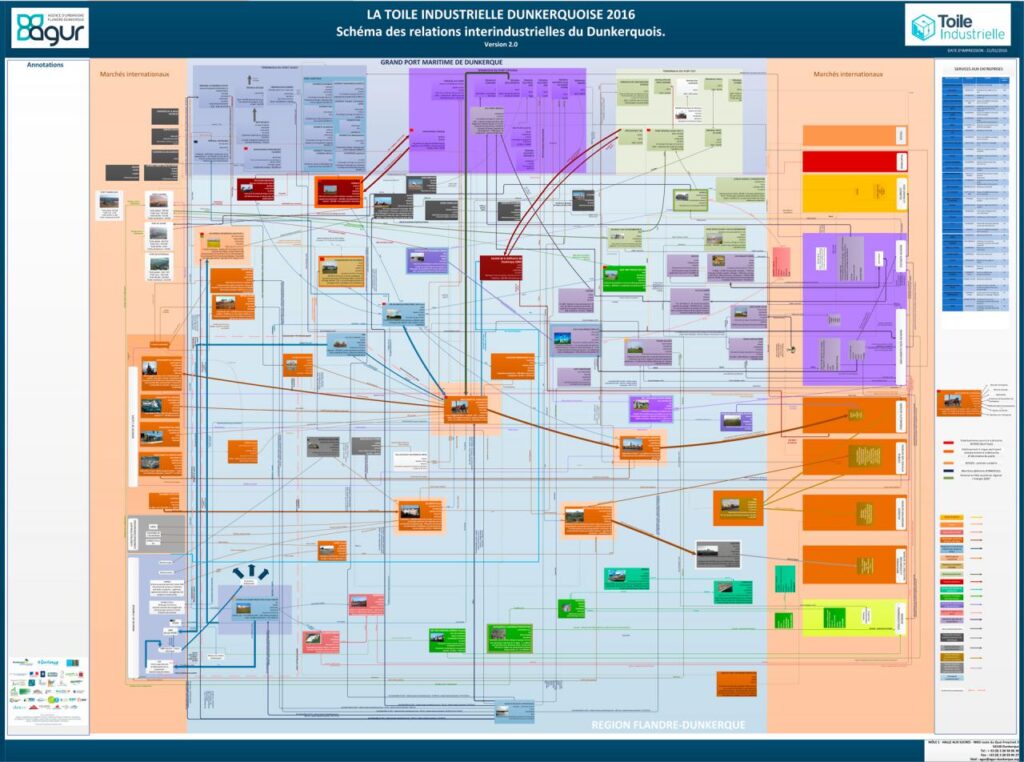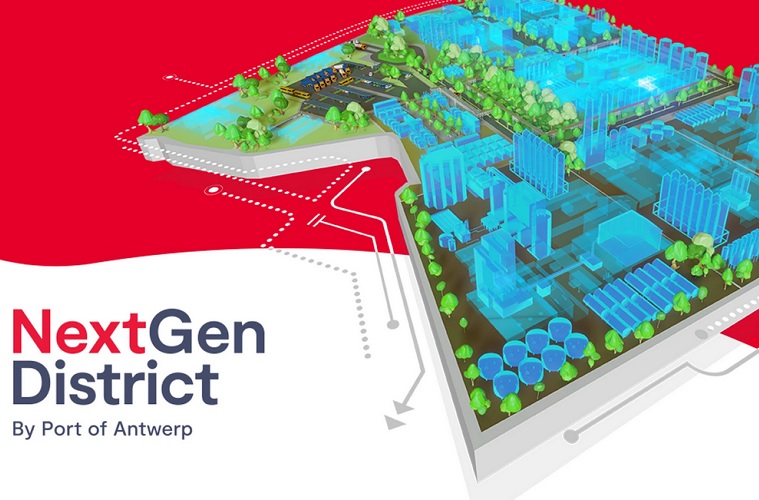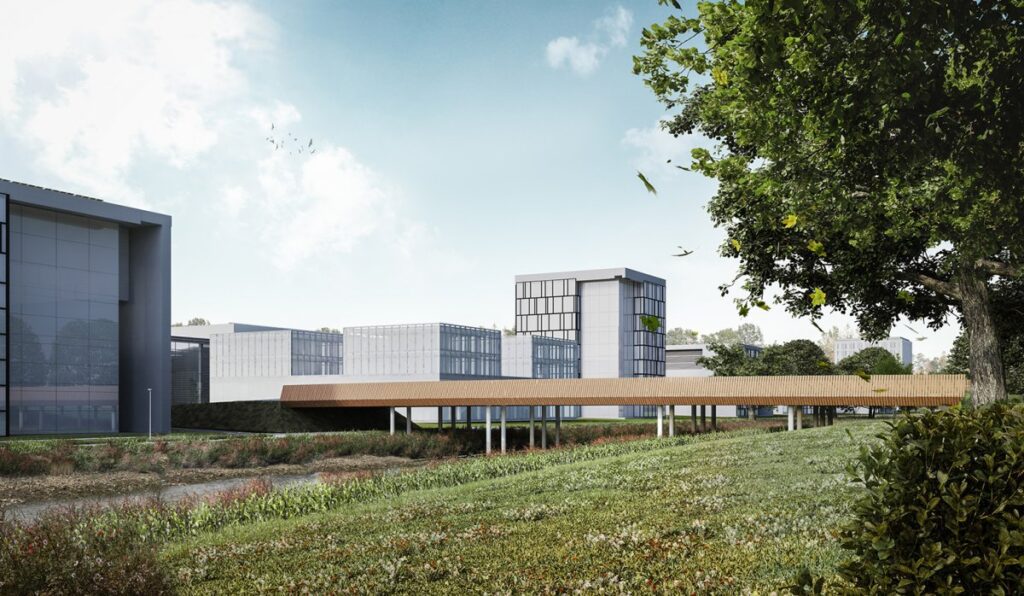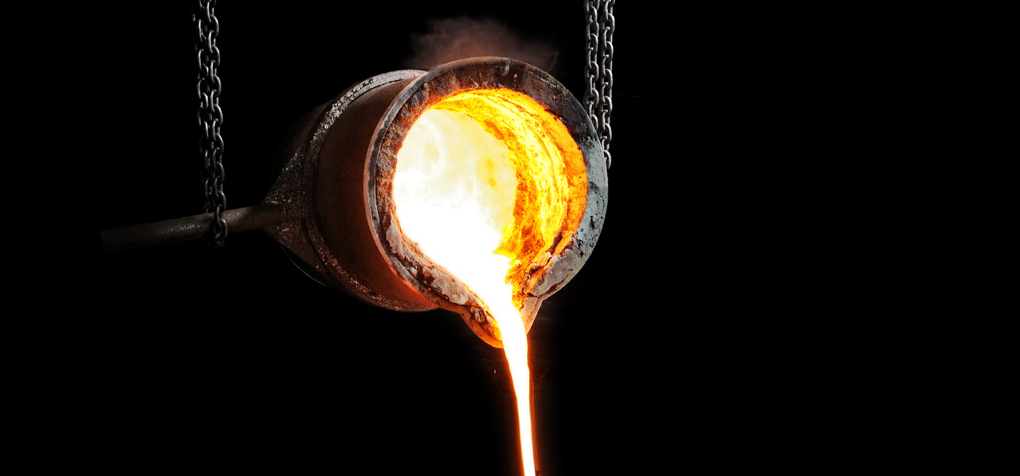A tool for synergies and territorial development
What’s happening? How does it happen?
Designed in the form of a flow diagram, the Toile Industrielle® maps the productive ecosystems in the Flanders-Dunkirk region with the goal of creating industrial links inside the region and between it and the neighboring regions. It describes companies by showing the inputs and outputs, their functional linkages and the extent of their local roots. This approach has many advantages: to understand better the interdependencies at play among companies; to identify the potential for territorial development; and to anticipate the impacts of changes on economic markets.
By connecting companies to each other, it is possible to avoid impairment losses, optimize the process of industries already established, reduce their costs and ensure their sustainability.” – Jean-François Vereecke, general director of AGUR
Why is this an interesting circular initiative for ports?
“Why does this company, based on our territory, work with the ports of Antwerp and Rotterdam – represented on the web – and not with Dunkirk?” For AGUR (Urban Planning and Development Agency of the Flanders-Dunkirk Region) this is the kind of question that should be asked when analyzing the productive ecosystems. The Toile Industrielle® helps indeed the decision-making process by simulating the foreseeable impacts that some decisions would inflict upon the territory. The Toile Industrielle® is used to look for new circular economy opportunities. In particular, it served as a basis for reflections on the use of iron and steel residues.According to the development agency, “it is the ideal tool to present the industrial ecosystem and the potential prospects of circular economy in the Dunkirk region”. It is therefore mobilized during meetings with economic partners likely to invest locally.
What is the relation with the port and water?
The AGUR and the regional economic actors are at the origin of this tool. Because the Toile Industrielle® offers a territorial and schematic view of relationships between industries and their links with national and international markets it is also useful to investors in order to find potential suppliers, customers, and subcontractors. For some projects, it is even used to simulate new synergies, especially in the case of industrial sites. The port of Dunkirk is one of the main users in the sense that it is a port strategy tool to capture new markets, observe the strategic positioning of competing ports, optimize access to utilities …
What is the relation with the city?
The regional economic actors are at the origin of this tool: investors find it useful in order to locate potential suppliers, customers, and subcontractors. It also works as marketing support, used the wide use the regional development agency makes of it demonstrates. It can also be used as a medium of cooperation between institutions, as it makes it possible to ensure the sharing of information, the seizure of opportunities and even the contracting of services and / or exchanges, for the benefit of the circular economy and industrial ecology.
What are the ambitions?
The participatory dimension of the Toile Industrielle® is one of the most innovative. Indeed, the construction of such ‘toile’ or canvas requires a collaboration because otherwise, it is difficult to assemble this type of data without crossing the expertise and knowledge of each other. The powerful synergies between the port, the local authorities, and other local actors make it possible to see Dunkirk as a favorable breeding ground. Today, this approach, mainly carried out by municipal planning agencies, is in full development as new experiences in Le Havre, Saint-Nazaire, Grenoble, Besançon… reflect. Currently, the Toile Industrielle is continuing its digital development with the creation of the Web 3.0 “TOILE MAKER®”.
Who is behind it?
During the 2008 crisis, the Urban Community of Dunkirk (CUD) decided to anticipate the domino effects of industrial site closures that were looming on the horizon. It asked AGUR to map the productive ecosystems present in the region as to support the negotiations related to eventual shutdowns -like in 2009, when the government announced the cessation of refining activities of Total. The trade union seized the canvas and, by clearly displaying the synergies existing around the refinery, it made it possible to grasp the disastrous repercussions, in the first place the Port which would lose 15% of its turnover and 17% of its activity.
Image credit: AGUR




